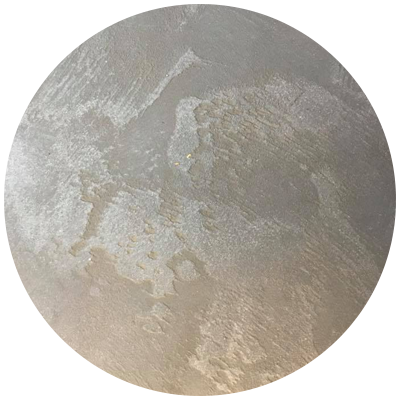Sometimes, imperfection is perfection. Distressed surfaces run with this concept. They have earthy textures, pits, fissures and washed out shades. The result is a surface that appears older than it really is – or sometimes, just worn out. No two distressed surfaces are ever the same. Each one is uniquely beautiful.
Ideal for spaces where old meets new, distressed surfaces bring a wow factor to interior design.
The rise of shabby chic has driven the growing popularity for distressed surfaces, but distressed surfaces aren’t a modern trend by any means. Interior designers have been mixing old and new for thousands of years. Distressed walls have been a thing since the 60s, popular because they bring unique character to a space.
It’s possible to distress any compound so that it appears older than it really is. Regular plaster can be cut into and roughed up when wet or dry. But the best distressed surfaces use a specific compound which remains rigid. This prevents bits from breaking away, which is a common issue experienced with regular plaster.
Plaster and micro-cement can be cut into, sanded, broken up and hammered to give it a distressed appearance. We also like to use textured paints, and in some cases oxidation, a process which sees us mix a compound with metal dust. The dust then oxidises, giving a wall the appearance of being metal (or at least, a close match).

Ways to Distress
There are three main ways to distress a surface.
Mechanical
The plaster is cut into when dry or wet (depending on the desired effect) with a variety of tools to replicate the appearance of age and wear and tear.
Textured paint
Textured paints can be applied over a distressed surface to add another dimension to the finish. Metallic, wood and granite paints are available.
Oxidation
A plaster compound is created with metal dust. When applied, the metal dust oxidises over time naturally, giving the plastered surface a unique patina.
Working with Chrysalis
We are experts in decorative plaster finishes. We’ve worked on a large number of projects involving distressed surfaces, with recent projects in bistro bars and hotels. We’re designers ourselves, so we know what works well.
If you have an exciting project and are interested in distressed surfaces – perhaps for a whole room, or just a feature wall – we’re happy to chat with you. We can advise on the best type of finish and recommend different options.



